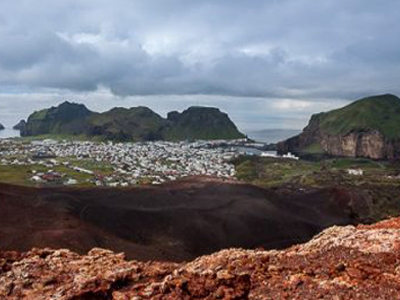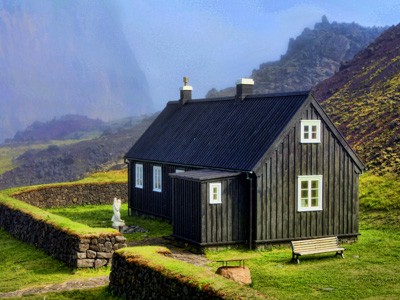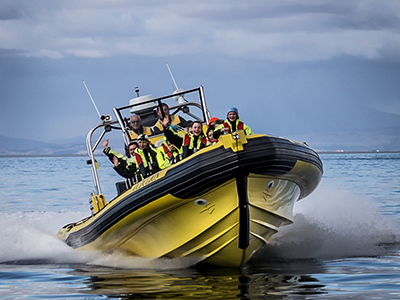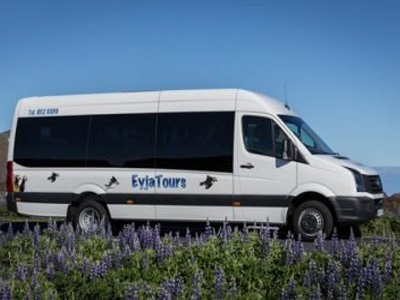In Westman Islands, home of the puffin
PUFFINS
and pufflings in Vestmannaeyjar
Puffins and pufflings
The Atlantic Puffin, also known as the common puffin is a species of seabird in the auk family. It is the only puffin native to the Atlantic Ocean. The biggest puffin colony in Iceland is in Westman Islands. We recognise the puffin from its beautiful red and colourful nose. It has a black back and white chest, small grey around the eyes and orange feet. This strange look makes it easy to recognise them from other Icelandic birds. They look a little clumsy flying and walking around but they are excellent swimmers, using their wings kind of like flying underwater and use the feet to control the direction. They hunt a variety of small fish like Herring, Hake, Capelin and Sand lance. They can reach depths of 200 feet on their journeys to look for food.
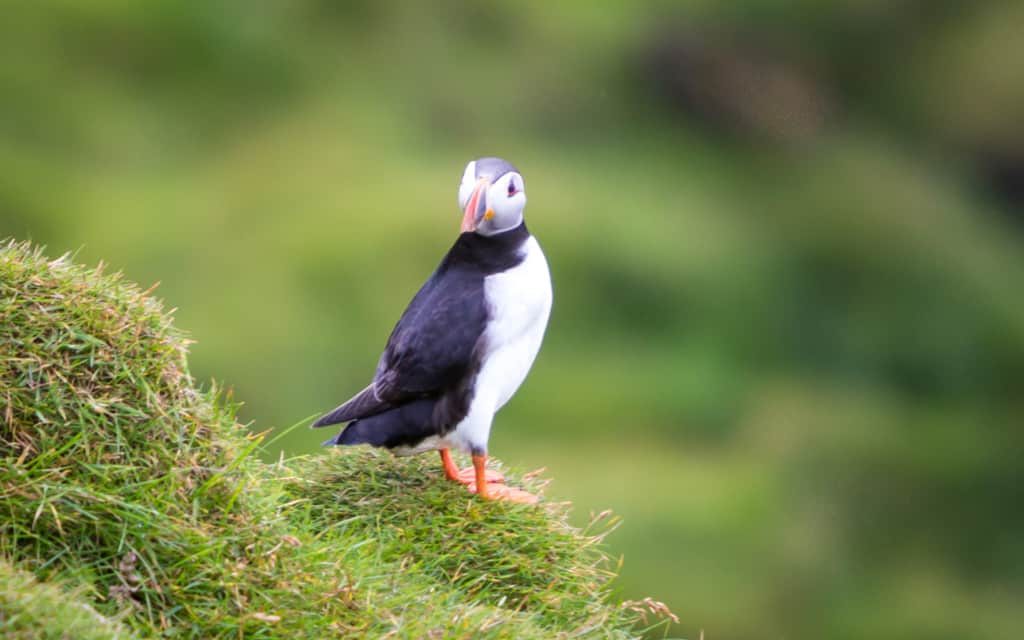

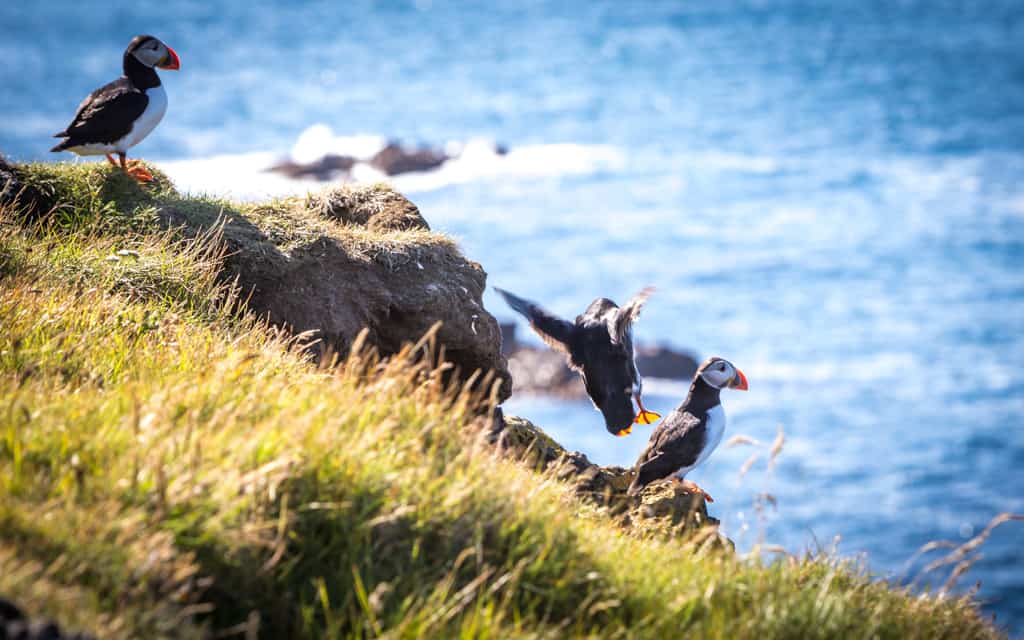

The puffin is the most common bird in Iceland and in Westman Islands are thought to be over 1,1 million couples. You start to see the first birds on the Island in April but in the beginning of may they start to feel more at home and prepare the nests. The puffin doesn’t come to land outside of the breeding season, they are flying, swimming or riding the ocean surface throughout the year regardless of weather. They often feed far offshore and spend the entire winter at sea. They stay far south or south-east of Iceland.The pufflings go further and are going all the way to Newfound-land. The breeding birds are the first to arrive.
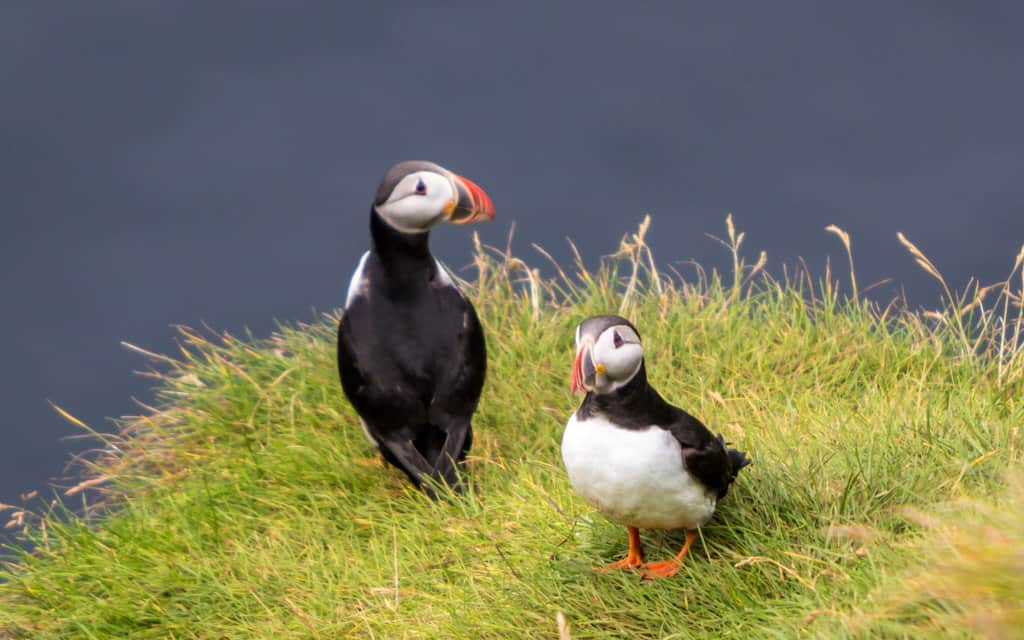
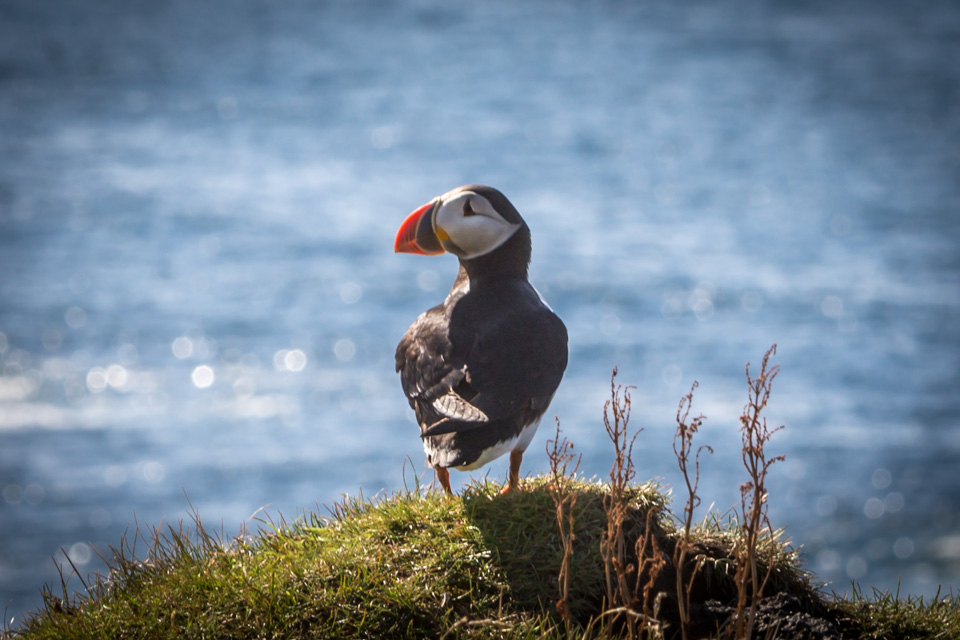
The puffin is a monogamy bird and is very loyal to its spouse throughout their lifespan. They renew their wows every spring in their hometown when they meet at their nest. The male arrives first and starts to prepare the hole for the female bird. They always return to the same place each spring. The nesting time starts around 20. of may and goes until the beginning of June. The hatching period takes around six weeks and the pufflings leave the nests after about seven weeks after they have hatched. The parents share the responsibility of raising the young and feed it. They bring about 4-20 sand lance in their beak each time. In the end of June, more puffins arrive that are not breeding. They use the wind to fly around next to the cliff and out to the sea. But the parents that are feeding the young fly the shortest way back to the nests to prevent meeting some predators like the gulls and skuas.

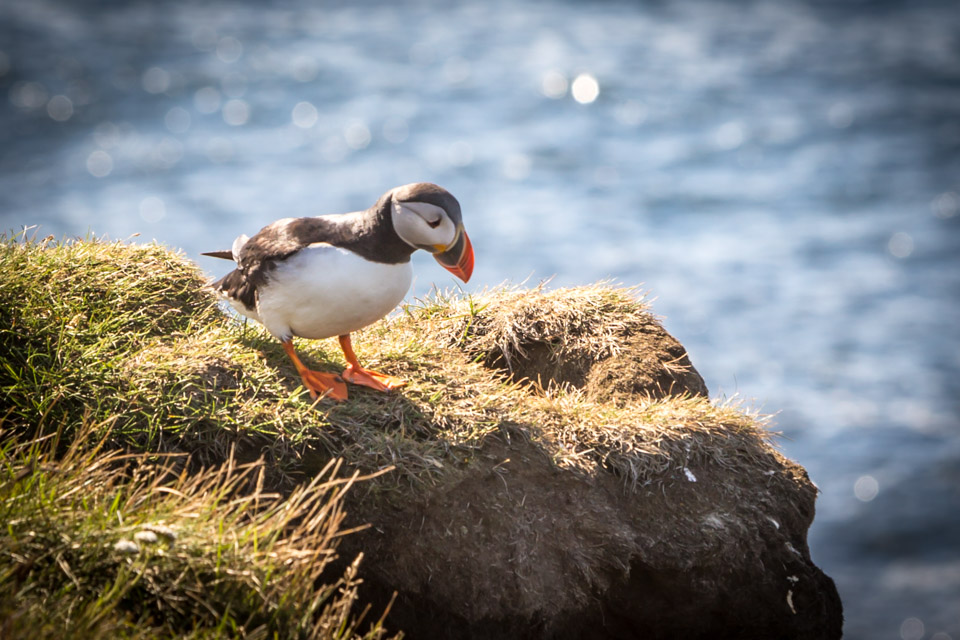

When it starts to get dark at the end of August, the pufflings start leaving the nest and hed to the ocean, but the lights on the street in town attract them and they fly towards the lights. The pufflings land on the streets, the hard pavements and dark alleys and there are some cats hiding and waiting for catching them. Then comes the helping hands of the children and their parents that help them of the streets. When the puffling season is going on people are going out at night after it gets dark and search for the pufflings. Some go by car and some just on foot. You just have to have a cardboard box and a flashlight. Sometimes on a good hunt, you can have ten pufflings or more in your trunk in a box. Then you take them home for a night, and the next morning you go weighing them and measure their length in the local aquarium to see if they are really ready to go back to the ocean. If they are ready, then we help them back to the ocean. They are not so good at flying so they need the wind to help them fly or some just swim out.


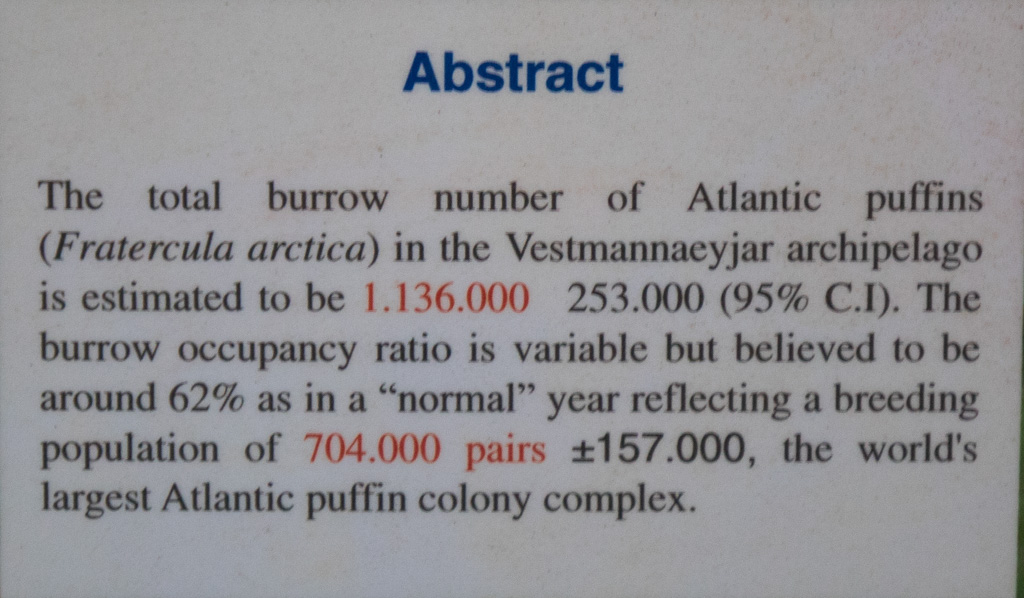

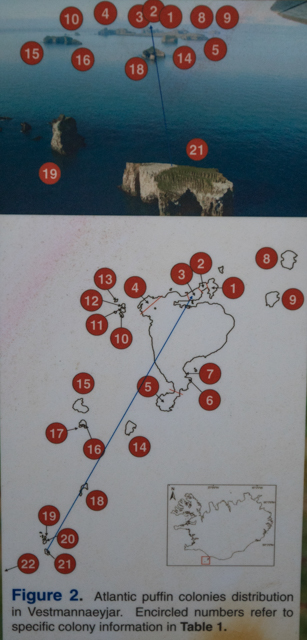

PUFFINS
Puffin
Puffin video
Puffin photos
GANNETS
Gannets
I am text block. Click edit button to change this text. Lorem ipsum dolor sit amet, consectetur adipiscing elit. Ut elit tellus, luctus nec ullamcorper mattis, pulvinar dapibus leo.
I am text block. Click edit button to change this text. Lorem ipsum dolor sit amet, consectetur adipiscing elit. Ut elit tellus, luctus nec ullamcorper mattis, pulvinar dapibus leo.
Puffin video
Puffin photos
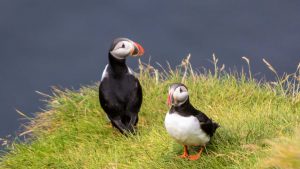


Puffins

bla bla
Gannets

bla bla
bla bla

bla bla bla
bla bla

bla bla bla

